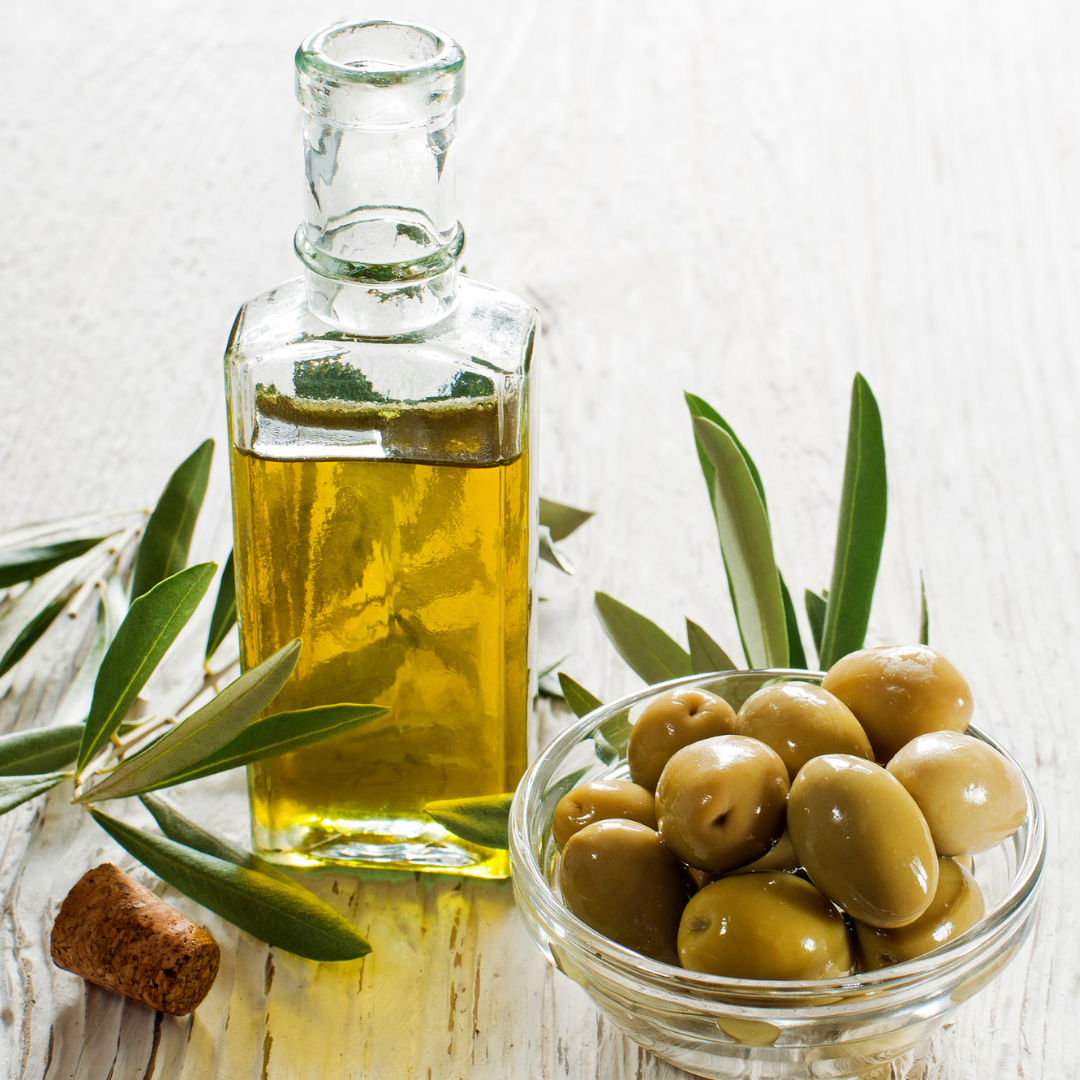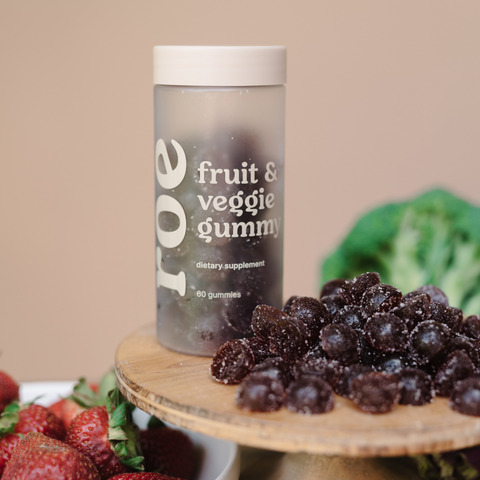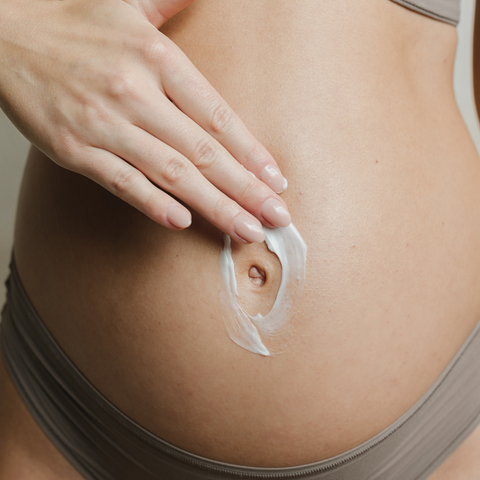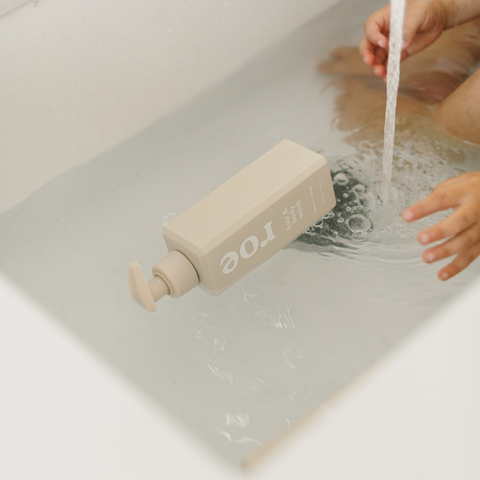Did you know that Squalane is an antioxidant that babies are naturally born with? It lays on the surface layer of their skin and is also known as vernix. Vernix appears to be a thick white substance and is often washed off shortly after birth.¹

.
Not only is this ingredient found on a baby's skin, but it is also found in other forms of life. Squalane is a vegan substitution for emollients in skincare products.² Babies significantly benefit from skincare products that contain Squalane because it provides a non-disruptive form of moisture. ³

So, where does Squalane come from if the vernix no longer exists on a baby's skin? Squalane can be derived from Olives, which boost the skin's overall health and appearance. Olives contain fat-soluble vitamins A, D, E, and K that allow the immune system to strengthen and fight against free radicals. Olives can also help combat unnecessary bacteria on the skin.⁴

We make excellent efforts to have intentions for every ingredient used in our formulas. Our Probiotic Power Serum, Biome Barrier Cream, and SPF 30 all contain Squalane which is why these products are appropriate for a baby's sensitive skin. Click on the Baby Bundle icon below to shop now!
Sources:
1-Popa, Ovidiu et al. “Methods for obtaining and determination of squalene from natural sources.” BioMed research international vol. 2015 (2015): 367202. doi:10.1155/2015/367202
2-Huang, Zih-Rou et al. “Biological and pharmacological activities of squalene and related compounds: potential uses in cosmetic dermatology.” Molecules (Basel, Switzerland) vol. 14,1 540-54. 23 Jan. 2009, doi:10.3390/molecules14010540
3-Ghimire, Gopal Prasad, et al. "Advances in biochemistry and microbial production of squalene and its derivatives." Journal of Microbiology and Biotechnology 26.3 (2016): 441-451.
4-Siener, Roswitha, et al. "Effect of fat-soluble vitamins A, D, E and K on vitamin status and metabolic profile in patients with fat malabsorption with and without urolithiasis." Nutrients 12.10 (2020): 3110.






